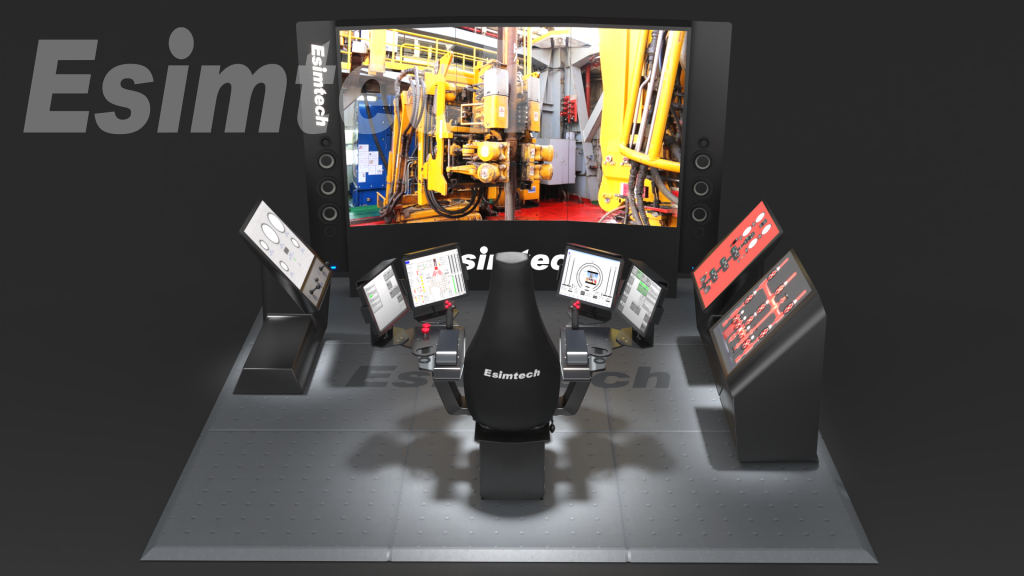Oil and gas simulation has become increasingly crucial in the petroleum industry, offering engineers and operators vital tools for decision-making, optimizing performance, and reducing costs. By utilizing mathematical models and computer simulations, oil and gas simulation predicts behavior and enables a deeper understanding of reservoir dynamics. However, this field also faces several challenges and limitations:

Data availability: Accurate simulation requires extensive reservoir data, including rock parameters, fluid properties, and well data. However, obtaining complete and up-to-date data can be challenging, leading to difficulties in developing effective simulation models.
Uncertainty: The oil and gas industry is rife with uncertainties, such as fluctuating oil prices, changing regulations, and unexpected geological features. These uncertainties make it challenging to create realistic simulations that can confidently estimate production and reservoir dynamics.
Complex models: Simulating oil and gas reservoirs often involves complex mathematical models that can be challenging to comprehend and interpret. Communicating simulation results to stakeholders and decision-makers can be difficult due to the complexity of these models.
Computing power: Running simulations requires substantial processing power, which can be costly and time-consuming. Large datasets can slow down or even crash simulations, further complicating the process.
Model assumptions: Simulation models are built upon various assumptions, which may or may not be correct. For example, a model may assume a homogeneous reservoir when it is actually heterogeneous, leading to inaccurate projections.
Limited scope: Simulations often focus on specific aspects of the reservoir or production process, resulting in a narrow scope. This limitation makes it challenging to capture the full complexity of the system, potentially leading to incomplete or erroneous results.
Despite these challenges, oil and gas simulation finds wide applications in the industry:

Reservoir management: Engineers use reservoir simulators to model oil and gas reservoir behavior, maximizing production rates. Optimization of output and increased recovery rates can be achieved through effective reservoir management using simulation tools.
Wellbore design: Oil and gas simulation aids in the design of wellbores, accounting for factors such as fluid output, gas flow, and pressure variations. Wellbore simulators optimize drilling processes, leading to reduced drilling time and improved efficiency.
Pipeline design: Simulation tools can optimize the design of oil and gas pipelines by considering fluid characteristics, flow rates, and pressure variations. This optimization can result in cost savings during construction and efficient pipeline operations.
Refinery optimization: Oil and gas modeling helps optimize refinery operations by simulating factors such as feedstock qualities, process conditions, and product standards. Process simulators enable energy reduction, increased product yields, and significant cost savings.
Looking ahead, several trends and developments are shaping the future of oil and gas simulation:

Increasing use of artificial intelligence and machine learning: These technologies analyze large volumes of data, identifying patterns and making predictions. They enhance reservoir characterization, production optimization, and cost reduction in the oil and gas industry.
Greater integration of simulation tools: Integrated asset simulators combine reservoir, wellbore, and process modeling into a single model. This integration allows companies to optimize the entire value chain, from exploration to refining.
Focus on sustainability: The industry's increasing emphasis on sustainability drives the use of simulation software to maximize production while minimizing environmental impact.
Adoption of virtual reality and augmented reality: These technologies create immersive training environments and aid in visualizing complex data and models. They enhance operator training, reservoir visualization, and drilling operations.
Growing use of cloud computing: Cloud computing enables the storage and processing of vast amounts of data, promoting collaboration among geographically dispersed teams and providing on-demand access to simulation software.
As oil and gas simulation continues to evolve, these trends and developments will play a significant role in enhancing decision-making, performance optimization, and sustainability in the industry.

